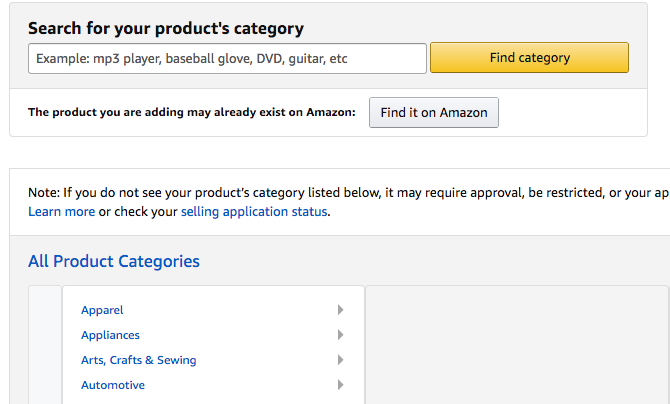A UPC, or universal product code, is a type of code that appears on the packaging of retail products to identify them. There is a 12-digit number immediately below the barcode as well as a machine-readable barcode consisting of several unique black bars.
When a product is scanned at checkout, UPCs are used to identify product characteristics including brand, item, size, and color. The purpose of them was to speed up the checkout process at grocery stores, and that’s why they were invented. Additionally, buy UPC codes are useful for tracking inventory within a store or warehouse.
A company has to apply to become part of the UPC system before applying for a UPC on a product. The Global Standards Organization, formerly known as the Uniform Code Council, assigns UPCs in the United States.
Parts of a UPC
The company pays a fee to join GS1 and receives a 6-digit manufacturer identification number, which becomes the first six digits in the UPC on all its products. That number indicates what the item is manufactured by.
The next five digits of the UPC are called an item number. The item number relates to the product itself. It is the responsibility of a particular person within each company to assign item numbers, making sure the same numbers do not appear more than once, and updating old numbers referring to discontinued products.
There are several variations of consumer products, such as size, flavor, or color. Each variety requires a unique item number. A box of 24 one-inch nails has a different item number than a box of 24 two-inch nails or a box of 50 one-inch nails.
The last digit of a 12-digit UPC is known as the check digit. This is the result of adding and multiplying several digits in the code to confirm to the checkout scanner that the UPC is valid. The UPC won’t scan correctly if the check digit code is incorrect.
Advantages of UPCs
Businesses and consumers benefit from UPCs in a number of ways. UPCs enhance speed because they enable barcode scanners to identify a product and its price immediately.
Using them improves efficiency and productivity since they eliminate the need for manual data entry.
They can also track inventory more accurately than hand counting, allowing retailers and warehouses to know when more product is needed to stock their shelves and warehouses. Similarly, if there is an issue with a product and consumers are notified or a recall is issued, UPCs are able to track products from production to retail stores to consumer homes.
Finish up.
Now is the time to order your barcodes! You cannot order directly from GS1; they provide the barcode, but they do not provide labels. You’ll need to find a company that can print barcode labels for you. Make sure you place your barcodes appropriately on your products after receiving your barcodes. Make sure they are visible and scannable both in inventory and in stores.
It may be necessary to create two barcodes, one for the product and one for the outer packaging, so they’re always ready for scanning.
Amazon has specific packaging and labeling requirements, which you can find out more about here.

